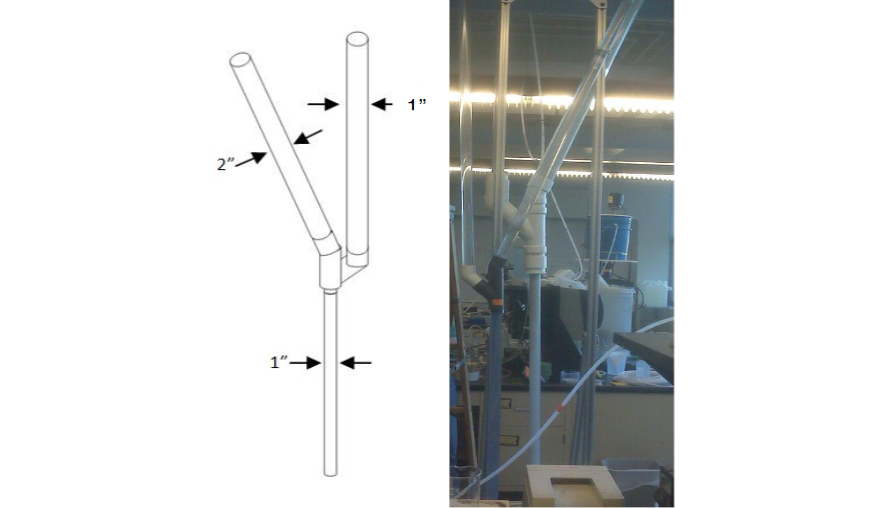Sang Hoon Song, Anna Lee, Roy Guarecuco, Drew Hart
Abstract:
AguaClara plants rely on sweep flocculation to achieve high performance requiring a pH between 6.5 and 7.5 even after the dosing of alum. The low alkalinity of Honduran source waters requires the addition of acid neutralizing capacity to buffer against changes in pH from the precipitation of aluminum hydroxide after alum addition. The summer 2010 ANC Control team has continued to investigate the possibility of using a lime feeder with AguaClara plants to deliver saturated calcium hydroxide solution to the plant flow. The team now believes that the inability of the lime feeder to produce saturated effluent for long periods of time is primarily due to the precipitation of calcium carbonate which inhibits Ca(OH)2 dissolution. Experimental runs with distilled water and Honduran lime have produced better results than those seen in past semesters, but only 15% to 20% of the total lime dissolves to give a saturated effluent, too little for the lime feeder to be economically viable compared to sodium carbonate dosing. The team has added effluent recycle to remove carbonates from the reactor influent, which will be tested by future teams. In addition, the team is closer to determining the composition of the lime using the Total Carbon Analyzer.


